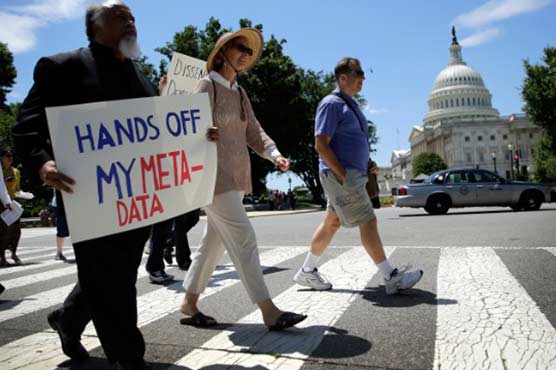Banana is the most valuable food crop, rank fourth worldwide behind rice, wheat and potatoes. Other than tasty and rich in fiber, banana is very popular healthy snack for fitness minded and athletes as it is sodium-free, fat-free, cholesterol-free fruits that contains high-grade protein with three of the essential amino acids, high level of sucrose, glucose, fructose and potassium to boost energy.
It is one of the few fruits which contain both easily digested complex and simple carbohydrates, complex carbohydrate give you endurance energy and simple carbohydrate give you quick energy.
Eating just two bananas might provide enough energy for an intense 90 minute workout.Banana contains five times the vitamin A and iron, twice the carbohydrate, three times the phosphorus and four times protein than found in apples.
Anemia – Contains high iron Alzheimer – Protect neuron cells against oxidative stress-induced neurotoxicity and may play an important role in reducing the risk of neurodegenerative disorders Baby Food & Growing kids – Help supply the energy needs of growing, active children. Blood Pressure – contains low in salt and yet high in potassium to reduce high blood pressure and stroke. Adding bananas to your diet is not only great for boosting energy.Fascinating Facts About the Natural Healing Power of Bananas.
Bone health – contains high potassium benefits to muscles and helps promote bone health. Brain Power Enhancement – More Alert and Focus. Constipation – High in fiber Depression or Seasonal Affective Disorder (SAD) – Contain natural mood enhancer tryptophan make you relax and feeling happier. Digestion – Riper bananas help relieve diarrhea.
Eye health – Lower the risk of age-related macular degeneration ( ARMD ) in older adults. Hangover – Calm the stomach, sooth and re-hydrate the body. Heart Burn – Acts as antacid Heart disease – High fiber foods help prevent heart disease.
Morning sickness – Calms the stomach and increases blood sugar levels. Mosquito bites – Reduce the swelling and irritation of an insect bite. Nerves – High in Vitamin B that calms the nervous system. Overweight – To avoid panic-induced food cravings, control the blood sugar levels to keep the carving away. PMS – Contain vitamin B6 that regulates blood glucose levels, which can affect your mood.
Stress – Potassium helps normalize the heartbeat, sends oxygen to the brain and regulates your body’s water balance. When we got stress , our metabolic rate rises hence reducing potassium levels. Strokes – Reduce the risk of death from strokes by 40%. Quit Smoking – Recover from the effects of nicotine withdrawal. Temperature control – A ‘cooling’ fruit to lower both the physical and emotional temperature of expectant mothers.































